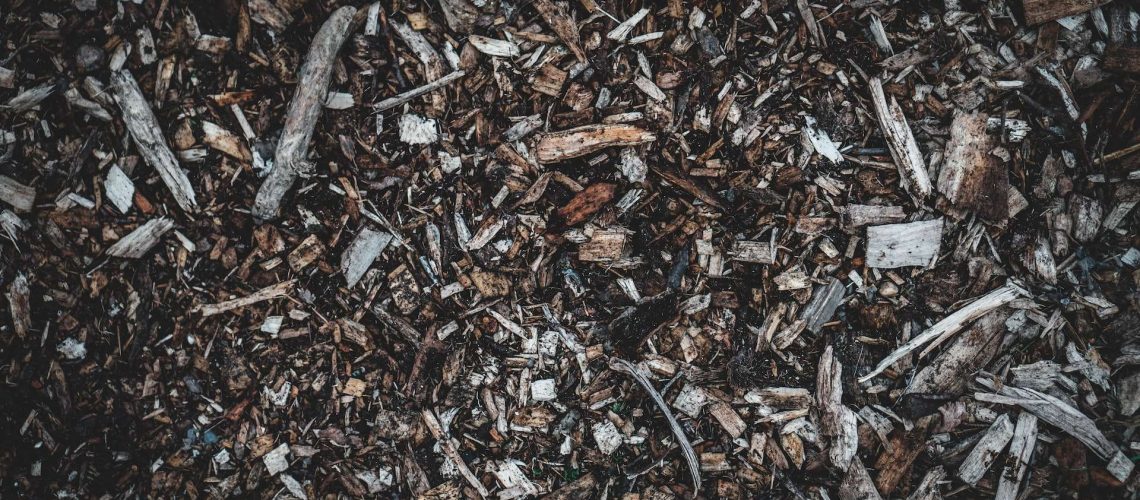If you’ve ever had a tree or bush removal service, you know what special gift is left behind—MULCH (and lots of it)! So what exactly is this glorious shredded-wonder? To paraphrase the great William Shakespeare*, mulch by any other name would be…well…wood chips, essentially.
*not actually Shakespeare.
On-site wood-chipping is a convenient and cost-efficient way of dealing with the aftermath of most tree services, but it does produce a lot more mulch than you might think.
But before you start shaking your fist at the amount of cleanup or the mess the crew left behind (and definitely before you start piling it up in your compost bin), let’s look at what mulch is and, more importantly, how you can repurpose it around your property.
What is mulch?
Mulch is simply organic material, such as decaying or chipped leaves, wood or bark. You’ll get mulch pretty much any time you run a wood chipper—it’s what’s left behind when you do any kind of trimming, stump grinding, or tree and bush removal.
How to use mulch after tree and bush removal
Instead of letting this wood-chipping byproduct go to (yard) waste, let me encourage you to treat it like the precious resources it truly is. Mulch ensures insulated, rich soil so your property, plants, bushes and trees can look their absolute best.
In addition to using mulch as tree protection and root insulation, here are five easy ways you can repurpose mulch around your yard.
Use mulch in your garden or in potted plants
One of the best ways to use mulch is in your garden or large potted plants. Add a layer of mulch to the topsoil to increase nutrients and act as insulation, protecting the soil from the sun.
If you’re worried about your vegetables overwintering, this layer of mulch will also help protect your dormant plants and soil so it’s frostbite-free and ready for the spring.
Make compost
Isn’t mulch already compost? (Mulch is compost…compost is mulch…wait, what?) Well, yeah, eventually. Decaying leaves, bark or wood chips makes for ideal compost, once it starts breaking down. To make awesome compost your soil and plants will love, mix mulch with topsoil in an open compost pile, making sure to turn it a few times during autumn and winter. As the mulch breaks down, the nutrients will be primed to be released back into the soil in the spring. Ahh, the circle of life.
Create a garden path
Adding wood chip mulch to your walkways adds a sense of purpose and beauty to your garden, as well as preventing weeds and discouraging slugs. Garden paths help create visual separation and mulch aids in preventing soil compaction and erosion.
Use it to line a playground
Mulch makes for a soft, cushioned landing pad for your children’s play area and also acts to prevent soil compaction. Just make sure the wood chips are small enough that your kids aren’t picking up slivers every time they fall!
Give it to a neighbour
But maybe you’re in a mulch-abundance situation, and there are no more trees to insulate, playgrounds to pad or paths to create. What then?
In these moments, it may be time to make a donation. Ask around your neighbourhood or put up a post in your community group to see if anyone wants to take it off your hands. They’ll appreciate the free debris and you’ll appreciate your mulch-free environment! It’s a win-win.
Whether you’re in an urban or rural area, your yard will be best-served if you learn to love the aftermath of your tree and bush removal services. Mulch is your new secret weapon to a happy, healthy, ridiculously good-looking yard.
Photo by Jonathan Kemper

